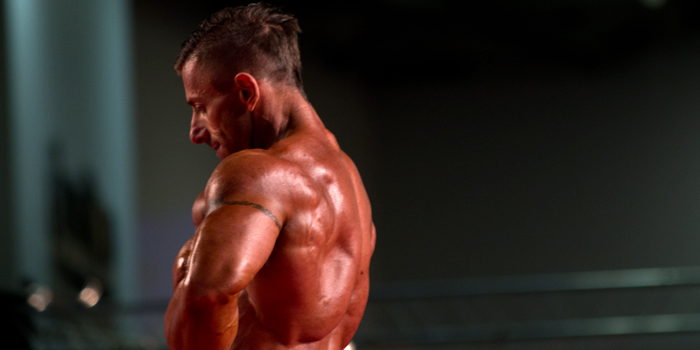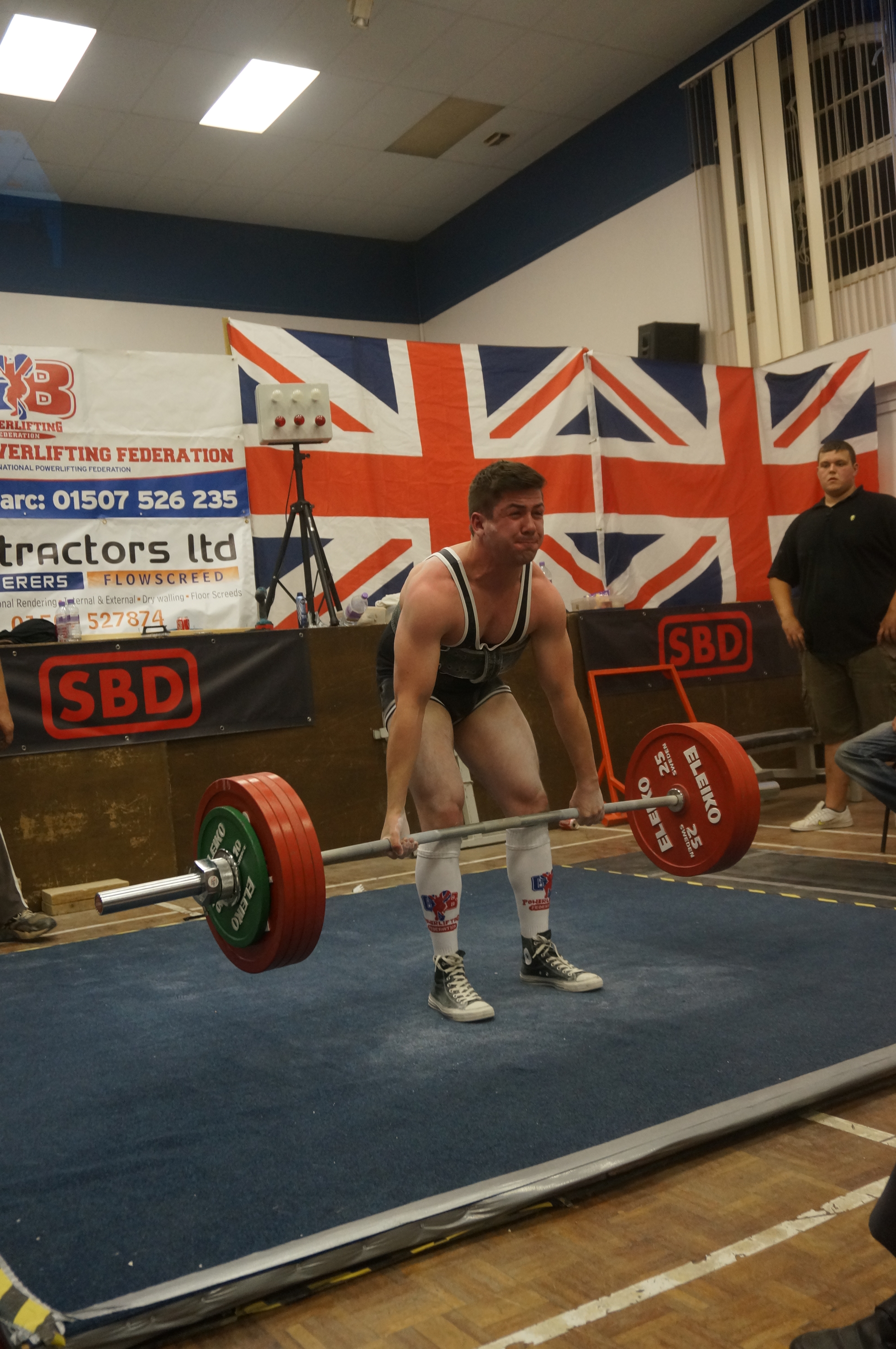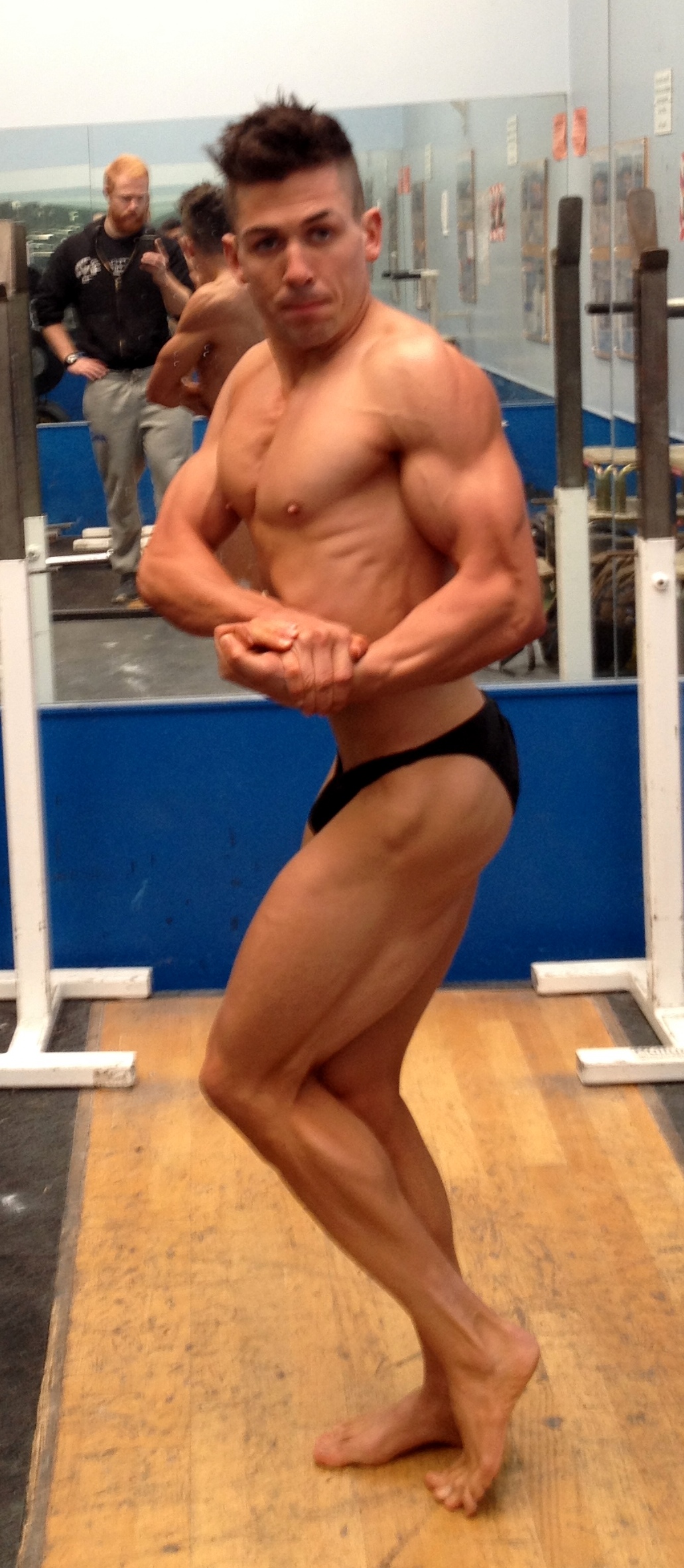
In part one of this article series, I outlined the first stages (an introduction and what my diet entailed) of the process of me reaching contest shape for my first natural bodybuilding show. This second part will continue along the same theme but will touch on supplements, my training, posing and other considerations.
My Supplements
For one of the first times in my training career, supplements formed an extremely important part of my dieting protocol. I genuinely couldn't recommend supplements more while carrying out a fat loss protocol.
Here’s what I used and why:
- Caffeine tablets: I took two tablets (200 mg each) per day generally, and in the last two weeks, I upped this number to three tablets a day (with the last dose taken no later than 4 p.m.). Caffeine allowed my energy levels to be sufficient on such low calories (and no carbs) to train and function at my job. Moreover, it also acts as one of the most effective, legal, fat burning supplements that you can buy that is proven in the requisite science and has good metabolic effects.
- Casein powder: I took 2–3 servings per day, one during the day and two at night, generally. Casein is perfect because it is slower digesting as well as low calorie and low carb. This then allowed me to get high quality protein in without using up too many of my allocated calories. I would make a casein mousse to eat (small amount of water mixed with the casein) and this granted me much better satiety than I would have if I had drank it in a shake.
- Whey protein: I probably had around 1–2 servings a day. Again, this was used similar to the casein for its low calorie and carb content.
My Training
Coming from a background that revolves around increasing your strength, I admit that it was often hard to get motivated to train throughout the diet. Acknowledging that my strength levels were waning day by day because of such low calories and no carbs produced something resembling a slight inferiority complex. Amplifying the motivation, or lack thereof, was the fact that I had such a scarcity of energy to even get enthused for training anyway, so it produced a nasty catch 22.
Figure 1: I was much stronger here than I was during this prep!
However, training is, of course, necessary and I kept the stimulus up. The only thing that I really changed from my usual powerlifting training was a little more isolation work such as calf raises, leg extensions and the preference of machine work if my energy was low. I also added in more tempo or ‘pump’ work to increase the mind-muscle connection, even though there wasn't any way that I was gaining any muscle in such a caloric deficit.
Throughout the duration of the diet from July, I trained in the gym roughly 4–5 times per week and completed cardio/conditioning sessions 4–5 times per week (and I added in walking where it was required).
My training was generally as follows:
- Monday: Upper body session 1 (push/pull) and one-hour cycle (to and from work)
- Tuesday: Lower body session 1 (push/pull) and one-hour cycle (to and from work)
- Wednesday: Off or sometimes played badminton and one-hour cycle (to and from work)
- Thursday: Upper body session 2 (push/pull) and one-hour cycle (to and from work)
- Friday: Lower body session 2 (push/pull) and one-hour cycle (to and from work)
- Saturday: Off
- Sunday: Mixed session depending on energy levels (this could include some Olympic lifting)
Even though my energy and strength levels weren't the best, I still managed some nice PRs throughout the prep (particularly on body weight-influenced exercises because of my decreasing body weight). I also increased my poor Olympic lifts easily through only training them once per week (I never normally do them).
Here are some of the PRs that I hit:
+70-kg Dip and 35 Body Weight Dips
+42.5 kg X 3 Pull-ups and 27 Body Weight Pull-ups
27 Pull Ups at 67kg
115-kg Clean and 107.5-kg Clean and Jerk
107.5kg Clean and Jerk at 67kg
77.5-kg Snatch
It should be noted and accepted that in the last few weeks before a show, you shouldn't expect any PRs or the like because the body isn't in the right condition for any increases in strength. I hit all of the above lifts up to three weeks out from the show. The last two weeks were a lethargic haze.
Posing and Other Considerations
One aspect of the whole experience that I was very new to and found difficult (especially on diminishing energy levels following training and cardio) was posing practice. In a bodybuilding show, you have mandatory poses, but you also have a individual posing routine that you carry out with pre-selected poses and the music of your choice. This was something that I really struggled with when I started doing it, partly because it was new ground for me and I'm not a vain showman. I'm just a useless powerlifter who is only used to squatting, benching and deadlifting.
I did read up on what I could, but it wasn’t enough. Without a lack of support network to help me, I felt that it was a lost cause. I didn’t know many local bodybuilders who could help me out, and my friend and champion bodybuilder Steven MacDonald was busy prepping and competing in Miami at the Natural DFAC World Championships a week before my show.
Figure 2: Attempting to show my strengths, but my puny calves were still a glaring weakness.
However, I was extremely lucky to meet a friend of a friend a month or so out who was in Aberdeen on a temporary basis for work. Chris Carter—I can't speak highly enough of this guy. Chris was perhaps the most critical and influential factor for me during the process and during the show. Personally, he had competed a number of times in the past, and through this experience, he helped prepare me in not just posing but also many other specifics of the ‘art’ of bodybuilding. I’d like to thank him again for everything he helped me with.
In the final installment of this series, I'll address what a bodybuilding show is like and how I fared! Stay tuned.
Michael Ferguson is a national and international powerlifter and multiple national record holder in the 74-kg class, competing for Scotland and Great Britain in the International Powerlifting Federation (IPF). He competed at the IPF World Classic 2014, achieving eighth place while nursing a bad hip injury. He is the founder of Ambition Athletics (www.ambition-athletics.com) and is currently working toward his masters degree in sport and exercise science at Glasgow University in Scotland. Michael can be contacted on Facebook at Ambition Athletics (https://www.facebook.com/ambitionathleticsltd) or by email at info@ambitionathleticsltd.com.












1 Comment